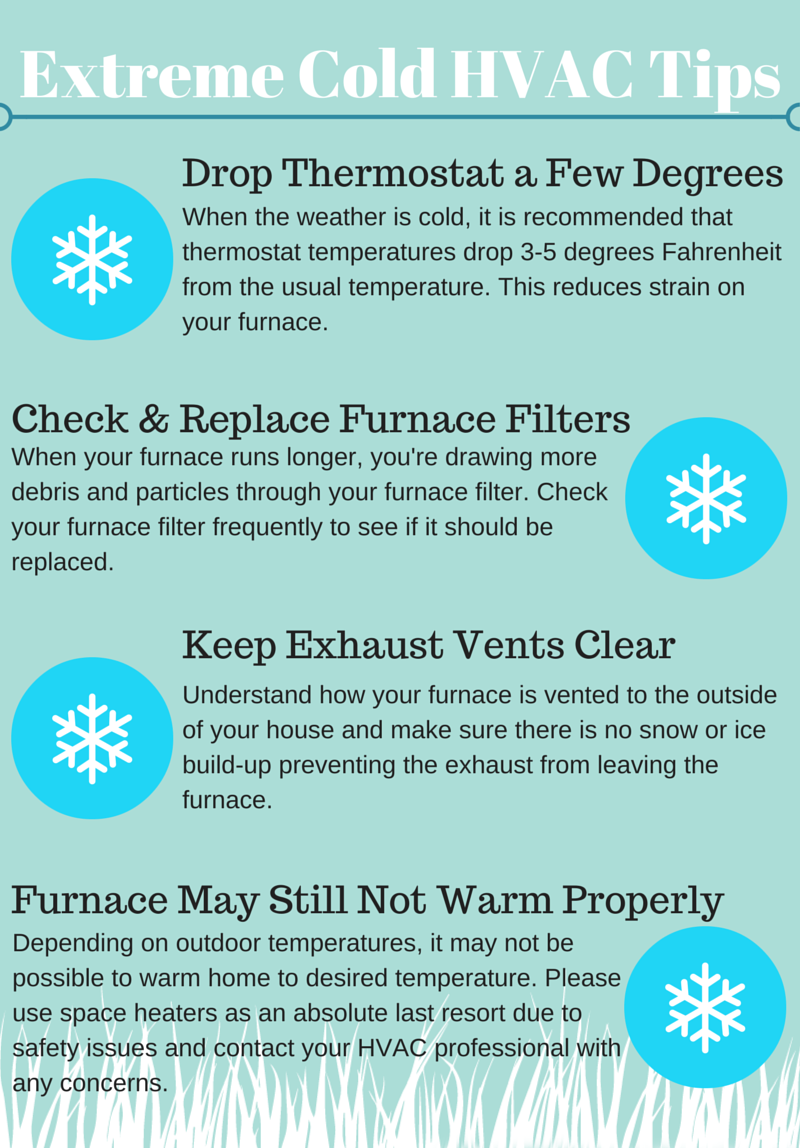Learn Just How To Ensure The Efficiency And Long Life Of Your Heat Pump System By Steering Clear Of Common Setup Mistakes
Learn Just How To Ensure The Efficiency And Long Life Of Your Heat Pump System By Steering Clear Of Common Setup Mistakes
Blog Article
Created By- visit this link
When mounting a heat pump, you must stay away from typical mistakes that can endanger its effectiveness. Neglecting appropriate sizing may result in inadequacies and greater utility prices. Overlooking insulation and sealing might result in power wastage and stress on the system. Moreover, placing the exterior device inaccurately might impact its efficiency. By preventing these mistakes, you can make sure ideal functioning and sturdiness of your heat pump system.
Improper Sizing of Heatpump
When it comes to the installation of heatpump, among one of the most typical blunders is improperly sizing the system for your room. Making certain the ideal dimension is essential for ideal efficiency. If the heatpump is also tiny, it will struggle to warm or cool your space successfully, resulting in raised energy costs and prospective deterioration on the system.
On the other hand, if the heatpump is also large, it will certainly cycle on and off often, causing temperature variations and decreasing its life expectancy.
To prevent this error, it's essential to have a specialist evaluate your space and recommend the suitable size of the heatpump based upon variables like square video footage, insulation, ceiling elevation, and local environment. By spending the moment and initiative to guarantee the proper sizing, you can enjoy a comfortable setting while making the most of energy efficiency and prolonging the life-span of your heatpump.
Inadequate Insulation and Sealing
To guarantee the efficient procedure of your heatpump, it's crucial to address inadequate insulation and securing in your area. Correct insulation helps keep a constant temperature level indoors, minimizing the workload on your heatpump. Poor insulation can lead to energy loss, making your heat pump work harder and less successfully.
Sealing any spaces or leaks in your area is equally vital. These gaps allow conditioned air to get away and outside air to seep in, compeling your heatpump to make up for the temperature level changes.
Incorrect Placement of Outdoor Unit
Addressing the positioning of your heatpump's outside unit is vital to optimizing its performance. Setting up the exterior device in an inaccurate area can bring about efficiency problems and potential damage to the system.
One usual blunder to stay clear of is putting the outside system too near a wall or various other frameworks. https://www.nytimes.com/wirecutter/reviews/the-best-ductless-mini-split-air-conditioner/ can restrict airflow, triggering the system to work more challenging to warmth or cool your room, eventually minimizing its performance and lifespan.
just click for source to stay away from is placing the outdoor device in direct sunshine. While some sunshine is inescapable, excessive direct exposure can result in getting too hot, specifically during hot summer days. It's best to position the outdoor device in a shaded area to help maintain its optimum operating temperature level.
Furthermore, see to it that the outdoor device is positioned on a secure and level surface area. Irregular ground can cause vibrations and unneeded stress on the unit, impacting its performance gradually.
Final thought
To conclude, avoiding typical blunders during heatpump installation is essential for taking full advantage of effectiveness and longevity of your system. By making sure correct sizing, appropriate insulation, securing, and appropriate placement of the outside system, you can protect against issues such as ineffectiveness, increased energy costs, and stress on the device. Putting in the time to address these essential elements will ultimately conserve you time and money in the long run.
